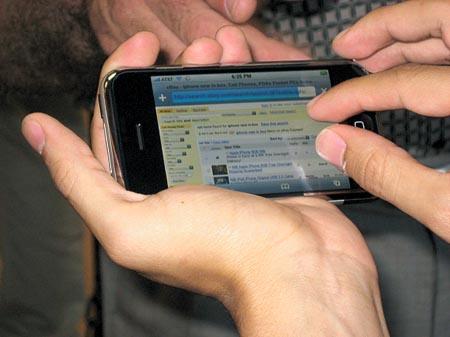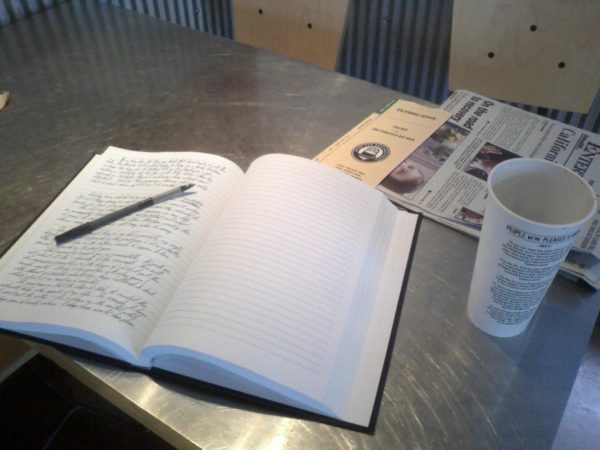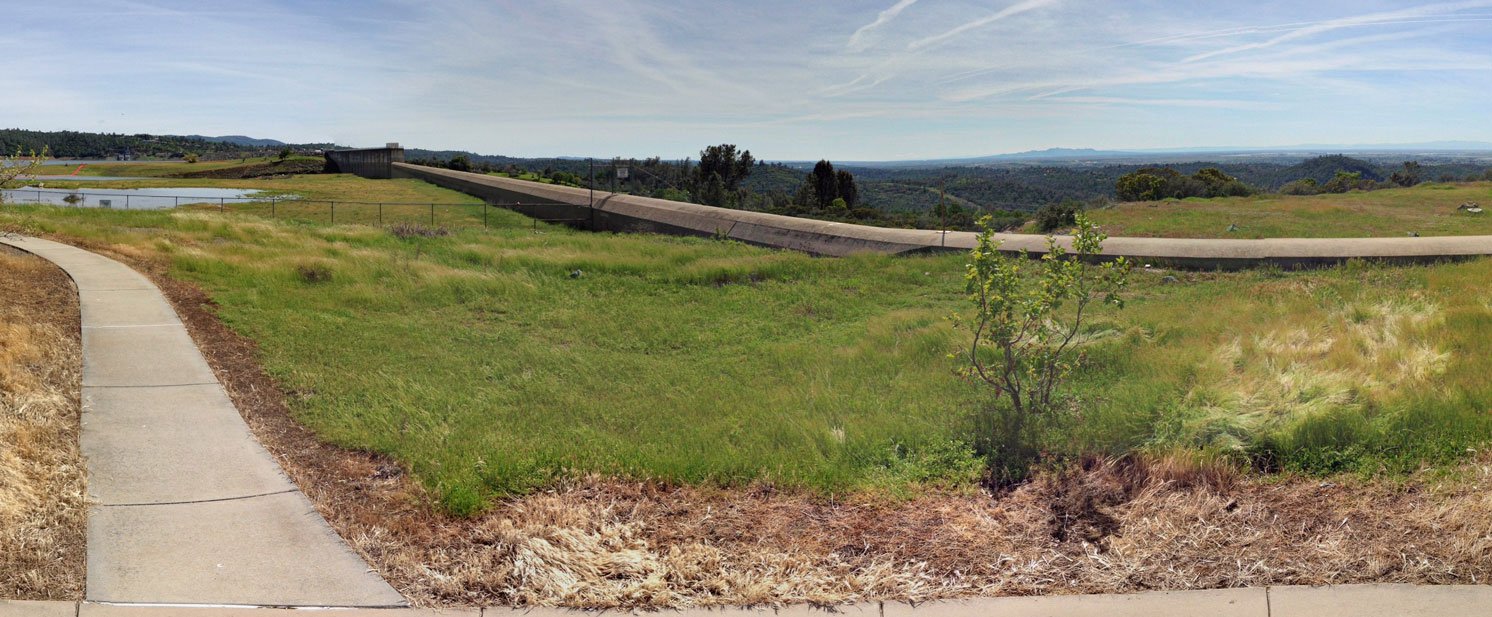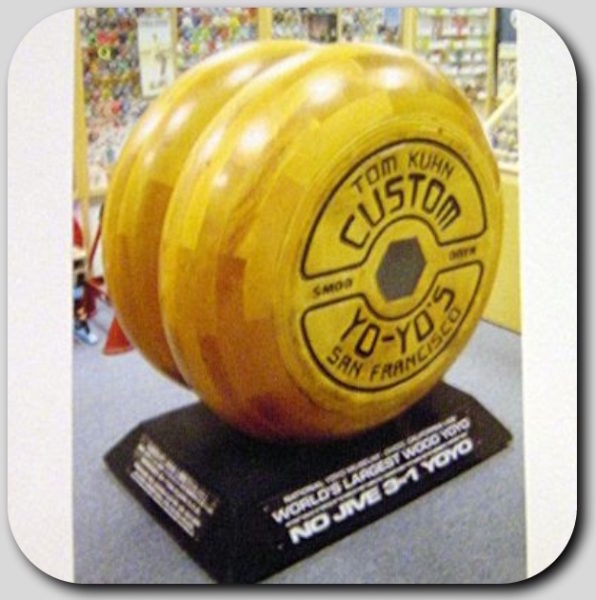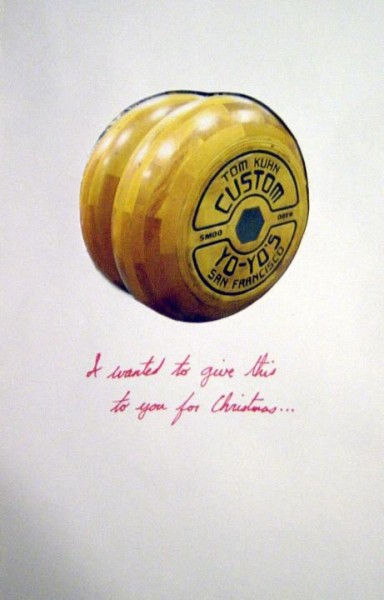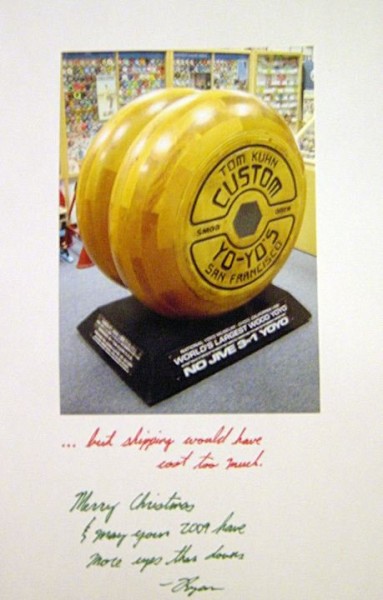Monday was the first Pioneer Day that I’ve been able to celebrate in Utah for many years. I started the day in a traditional way — by attending the Days of ’47 Parade in Salt Lake City. After a break, I ambled over to Beer Bar for a tradition that sprung up in the years when I was outside of Utah — Pie and Beer Day.
It’s a bit silly but Beer Bar was hosting a fundraiser for the Utah Brewers Guild that featured pairings of pie with local craft beer. The offer was five pairings for $25. It was a little pricy, but it allowed me to try a lot of different pies and beers that I wouldn’t ordinarily seek out.
It was a big draw as the establishment was packed with people, both inside the building and outside on the rear parking lot.
As I fought the crowds, I took notes on the beverages and desserts that I ate.
First — Copper Onion & 2Row Brewing
The pie: Lamb sausage pie with goat cheese, pickled peppers, caramelized fennel, herbs and park fat crust.
The beer: HIPAcryte – an IPA
Tasting notes: The beer is relatively light for an IPA. The hops come through, but the pine accent is primary note. The pie is savory as expected, but the herbs and fennel make themselves known. The crest by itself is flaky, and is serviceable as a pie delivery system. It’s a bit greasy (which is understandable given that it’s a pork fat crust) but the crest ultimately holds up. Combining bites with the beer, they go well together – the body of the beer stands up to the boldness of the pie without conflicting with each other.
Second — Garage on Beck & Moab Brewing
The pie: Mormon Funeral Potato Pie
The beer: Steam lager
Tasting notes: Despite spending a few years in Utah, I really don’t have much experience with “funeral potatoes” — a common fare for gatherings around funerals. I am more familiar with the steam lager style of beer — an older brewing style kept alive in part because Anchor Brewing of San Francisco continued brewing it during the dark ages between the Prohibition and the beginning of the craft brewing era.
The beer is a bit sweet with a tinge of bitter hoppiness. It’s got an amber color and definitely tastes like an amber (actually, it may be an amber — I’ll have to double check [Edited to add: It was amber and a steam lager.]).
The top of the pie doesn’t look like I would expect it to — it’s got a dry, crumbly look with bread crumbs and what looks and sort of tastes like dried shredded cheese. The inner part of the pie looks more like a potato casserole should. The crust is very crisp and has good flavor, although it’s not as golden brown as it could be.
The pie is spicy, which compliments the creaminess of the potatoes. Digging into the pie is a bit of an ordeal because the dry toppings go flying to and fro but there’s some sort of chewy middle layer that doesn’t let go easily.
As far as a pairing, it’s another winner in my book.
Third — Tulie Bakery & Epic Brewing
The pie: Blueberry Lemon Hand Pie
The beer: Tart and Juicy
Tasting notes: There are a lot of cute little pies at this event. I skipped all of them and went for the monster hand pie by Tulie. It looks like a triangle of folded puff pastry topped with sugar and toasted golden brown. Given the size, I’m a little worried that the balance between pastry and filling may be off, but we’ll have to see.
The beer isn’t one that I would seek out on my own, except to maybe try once or twice. It’s got a ruddy orange look and definitely has a tart scent. On tasting, it’s lighter than my first two samples. It starts off with a bitter fruit taste but then it opens to a more balanced sweet and tartness.
The pasty is slightly overbaked, with an overly dark underside but it isn’t burnt. The crust is flaky, buttery and falls all over the place (likely because it’s dry). The fruit is there, but the flavor of the pasty is dominant (especially on the edges and this hand pie has a lot of edge). The blueberries are present, but I’m not getting much lemon. There’s also a flowery accent which is pleasant.
As a pairing, the sourness of the beer doesn’t fully match up with the pie as the beer underscores the pie’s lack of sour or tart bite. Unfortunately, I’m going to have to score this as a miss.
Fourth – Beltex Meats & Bohemian Brewery
The pie: Apocalypse Now Pie (with wagyu beef, hash browns, American cheese, pork confit and kimchee)
The beer: Mystery beer (some sort of lager – must double check. LATER: It’s a kolsch)
Tasting notes: This entry had the most intrigue, given that the pie had a vague description and the beer was unspecified. However, Beltex has garnered a reputation for being good with meat, so I had high hopes — something that was borne out by others who had previously sampled the establishment’s offering. Many had high praise, although one noted that it was a little dry.
The beer is slightly sweet with just a hint of a hop profile. It tastes like a competent lager, but I worry about it being overwhelmed by the pie, which features rich beef, pork confit, kimchee and cheese — all savory elements.
The pie is a round handpie, with fork-crimp edges and a shiny golden brown finish. There’s no indication of what’s inside, but the initial appearance makes you want to dive in. Working in the from the tough edges, my first impression was mostly American cheese, which was just OK.
The second and third bites were better. The pork confit is definitely present as there was a hunk of shredded meat in my pie. I don’t think the kimchee entirely worked — it adds a bit of color and spice, but it gets lost in everything else. The hashbrowns are stringy, but that’s probably for the best because it allows it to spread through the pie without being overwhelming.
The cheese was odd — part of it backed to the upper crest and turned an unpleasantly dark brown. The crust itself is dry when it’s thick — which may have prompted the comment about dryness. When the crust is acting as the envelope for the pie filling, it seems to be just right.
Overall, I would say this is a solid hit, but not a home run. The beer actually works with the pie, to my surprise, as the lager lost none of its flavor potency.
I joked with one of the Beltex people about what they’re going to do next year. I suggested Apocalypse Now Redux or Heart of Darkness. Now, that I’ve had time to think, I would be in favor of Tart of Darkness.
Bonus tasting – Stein Eriksen Lodge & Park City Brew
I had saved the pecan pie from Stein Eriksen Lodge for last, which turned out to be a bittersweet decision. The pie was supposed to be paired with Park City Brew’s Breaking Trail Pale Ale, but they ran out. The good news is that the pie didn’t count as a pairing (essentially a bonus). As an aside, Beltex also appeared to be out of beer and their pies weren’t visible, so it was good when I grabbed the pie when I did.
The pie: Pecan pie made with Breakthrough wort.
The beer: None 🙁 (although the pie people noted that the sweet barley wort created as part of the brewing process was used in the pie).
Tasting notes: The pie looks great, with chopped pecans throughout the filling. Some pecan pies have just a handful of nuts. This is the total opposite. The crust looks like it’s in good balance to the rest of the pie — not overly thick, with a light golden touch.
On first bite, the flavor of the pecans comes to the fore. There’s a little sweetness to it, but it’s not overwhelming as some pecan pies can be. The pie is a little on the drier side, without as much of the cohesive filling but it holds up well. I’m not getting much crust on my bites, but that’s not the worst thing in the world (and it may be balancing out the nuttiness of the pecans).
This is definitely a good pie.
Fifth – Pat’s BBQ & Squatters Beers
The pie: Rhubarb pie
The beer: Blueberry Hefeweizen
Tasting notes: My phone battery is dying, so I’ll keep this one short. The hefe has the blueberry notes. It smells fairly tart but the delivery is entirely smooth and sweet. There’s almost a cream taste to it.
The rhubarb is a mix of rhubarb and blueberries. They go great together — tart and sweet. The crust has absorbed some of the moisture of the filling, but that’s not bad for pie. The crust is still firm.
Tasted together, the pie and beer are fruit whammy. Not a bad way to finish my first Pie and Beer Day.








